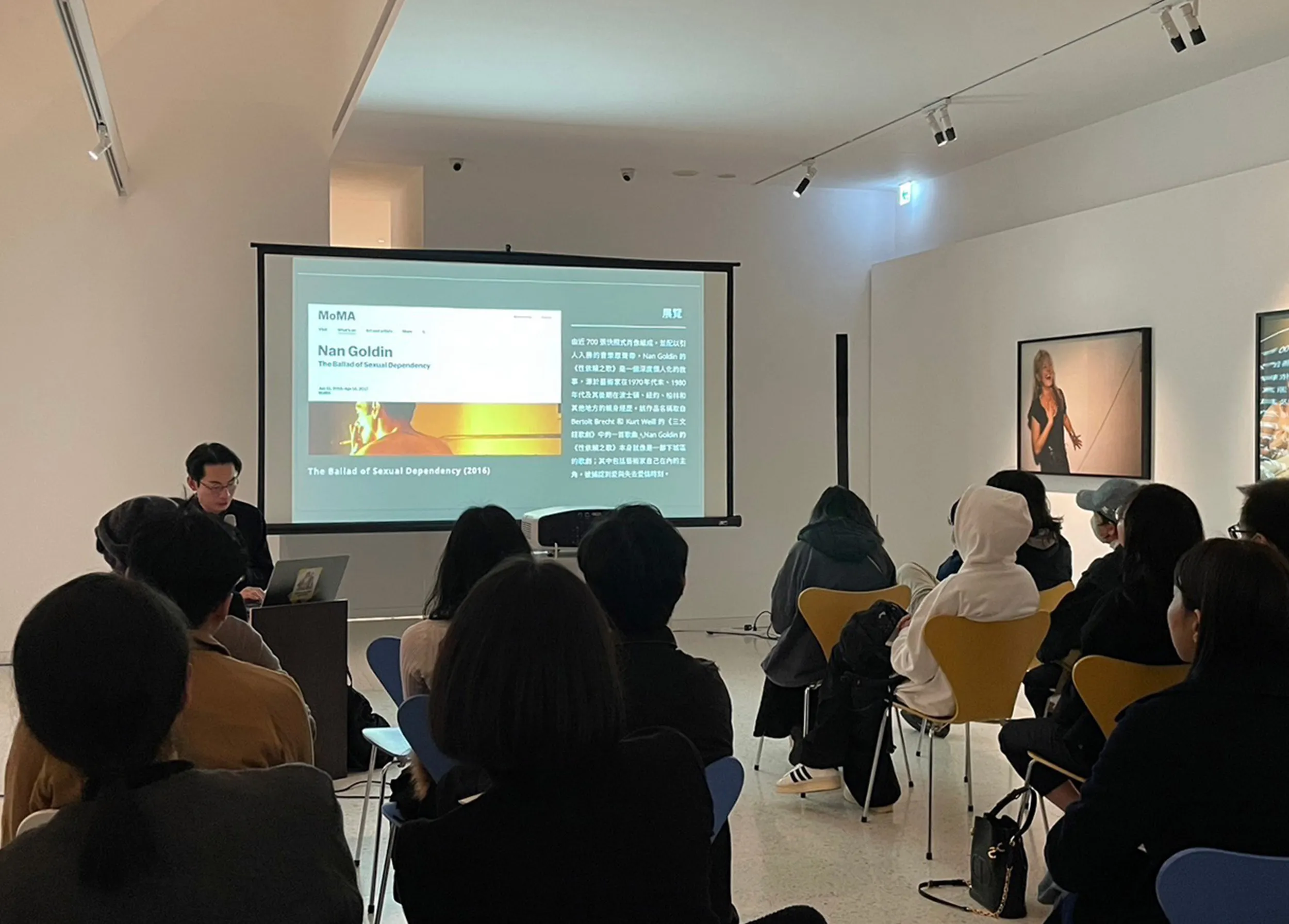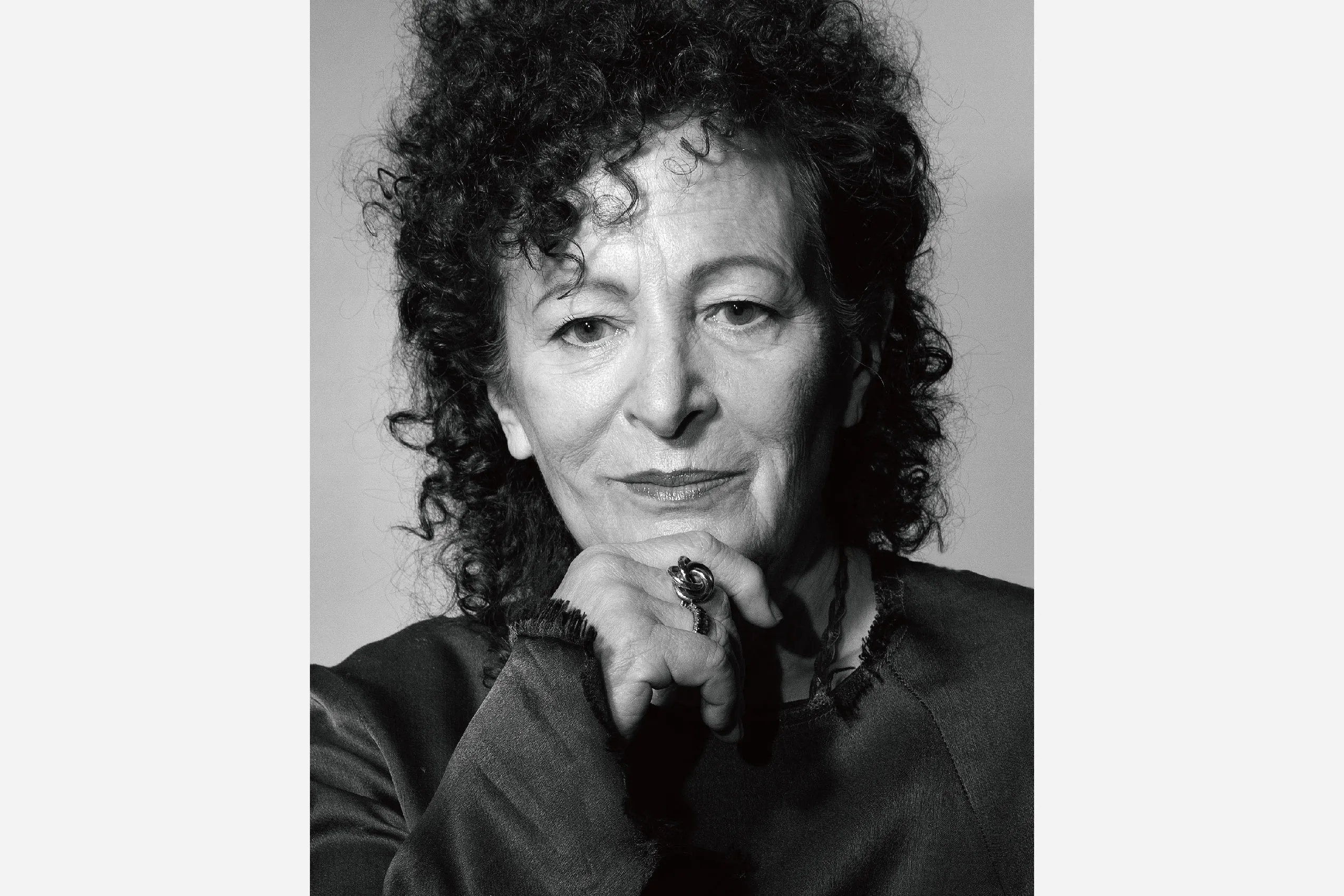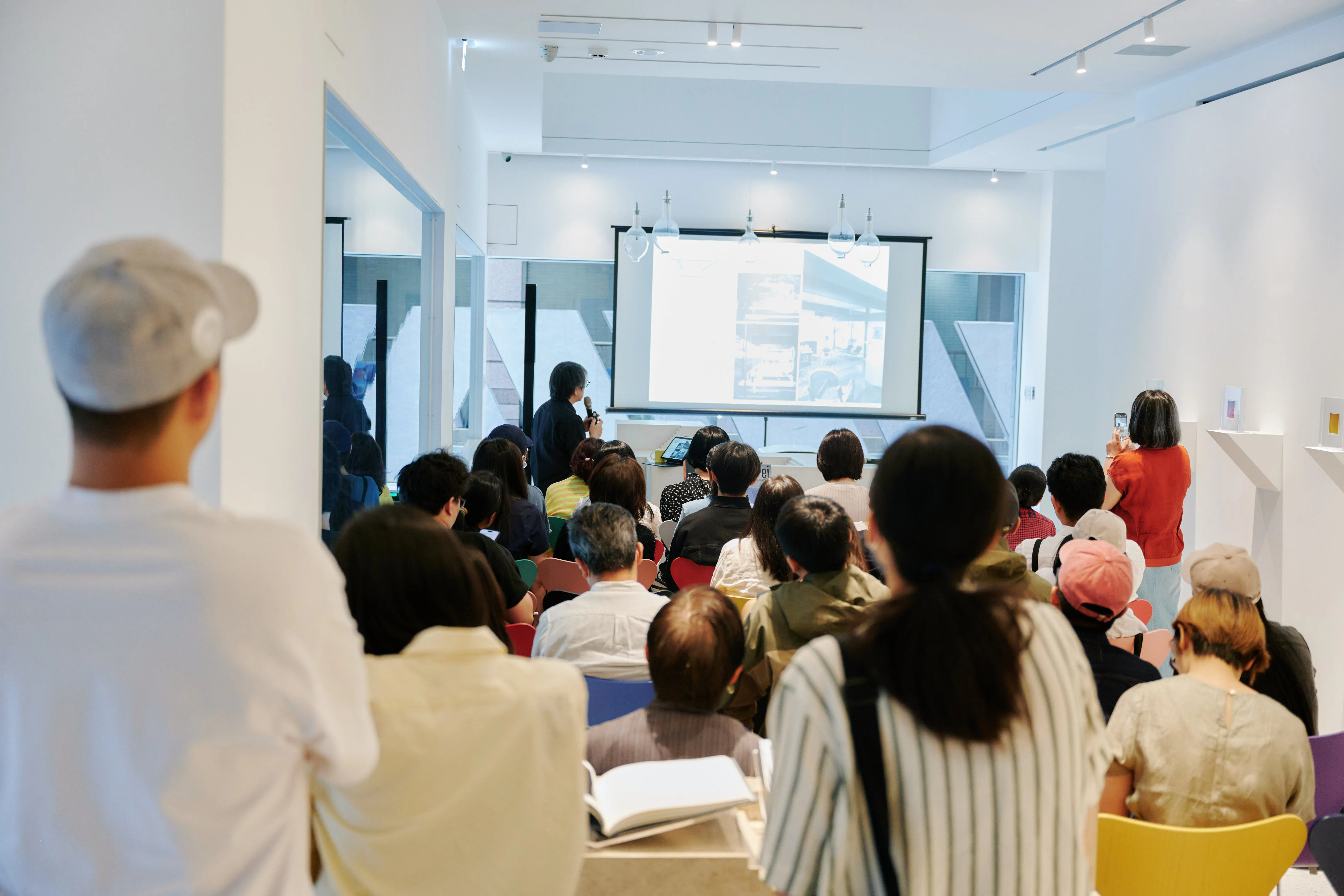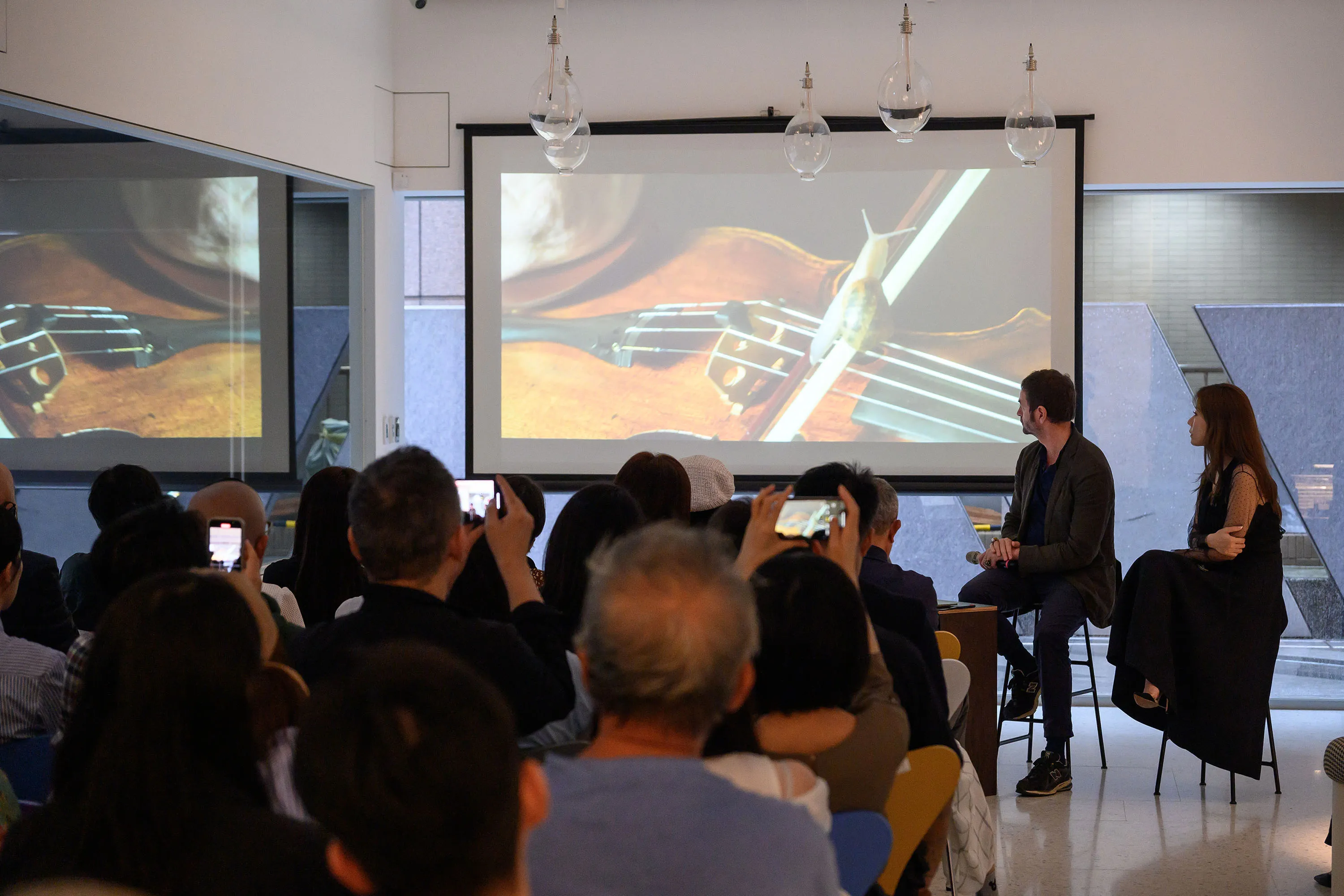
Atelier Talk | Nan Goldin’s Photographic Practice — Perspectives Derived from Collaborative Politics and Aesthetics of Resistance
Speakers
Liang-Pin Tsao, Founder of Lightbox
Locations
Winsing Art Place (1/F. 6, Lane 10, Lane 180, Section 6, Minquan East Road, Neihu District, Taipei City)
Fees
$350 (including bookstore entrance fee, one drink)
Ages
Unrestricted
Introduction
From the 1970s to the 1980s in New York, USA, various countercultural and anti-establishment movements evolved from the 1960s, giving rise to many subcultures and lifestyles. It can be said to be the most chaotic and turbulent era in American history. The development of contemporary photography also followed the direction of social backgrounds, giving people a new understanding of images. American contemporary photographer Nan Goldin was one of the artists who broke free from the established frameworks of photography at the time. She used the camera to challenge and disrupt the definition of photography and the entire social system. Goldin’s works range from slides and video to still photography, with each mode of presentation conveying the real-life scenarios behind the images: “My work is often a branch of my life. I need to remember everything, and photography comes from this need, providing material for this diary.”
Why is Nan Goldin’s work unique? How should one read Nan Goldin’s photography?
The Winsing Arts Foundation will, at the conclusion of Nan Goldin’s solo exhibition, invite Liang-Pin Tsao, Founder of Lightbox, to hold the final expert lecture of the exhibition period at Winsing Art Place. In this lecture, Tsao will analyze Goldin’s portrait photography from the perspective of photography as a means of obtaining visual agency, exploring the collaborative methods in her portraits and the differences between collaborative portraits and traditional portrait photography. The lecture will also focus on the aesthetic forms of Goldin’s work, examining her image narratives in comparison with pictorial photography, straight photography, fashion photography, and conceptual photography, and how her work challenges conventions and subverts the everyday.
Event Recap
“Authenticity in Nan Goldin’s photographic world is a very powerful element—almost like her weapon—and it is also the most evidential part.” – Liang-Pin Tsao
Focusing on the concept of collaboration in portrait photography, Liang-Pin Tsao examined the context of Nan Goldin’s work. Using the book Collaboration: A Potential History of Photography as a reference, he explored the concept of collaboration from the perspective of photographic history. He also shared historical daguerreotype photographs to illustrate the interesting development and processes of collaborative photography.
From early photography to modern photography, Liang-Pin Tsao mentioned two important figures in photographic history. One is American photographer Irving Penn, discussed through his book Irving Penn: Centennial and the eponymous exhibition at the Metropolitan Museum of Art, focusing on the photographer’s intervention and collaborative relationships. The other is American photographer Richard Avedon and his fashion photography style. By examining these two photographers, Tsao explored how Nan Goldin’s photographic practice is rooted in relationships rather than mere observation. He also shared: “In Nan Goldin’s photographic practice, the initial act of taking photos isn’t actually her real battlefield—it’s not what she truly cares about. It’s within those relationships that she is able to capture these images. What she is really doing is editing. She takes an enormous number of photos, and what truly makes them work is her editing—how she finds her narrative within relationships and within a life full of conflict and intense emotional tension.”
From the perspective of relationships, Araki Nobuyoshi’s iconic work Sentimental Journey was used as a counterexample to Nan Goldin’s The Ballad of Sexual Dependency to discuss the nature of collaborative photography. The intense authenticity captured by British photographer Richard Billingham, as well as Wolfgang Tillmans’ “everything can be photographed” approach and his naive, uninhibited take on portraiture, all resonate with Goldin’s concept of relational photography. At the conclusion of the lecture, Tsao shared his experience of viewing Nan Goldin’s solo exhibition at MoMA in New York in 2016. He reflected on the The Ballad of Sexual Dependency slides, exhibition posters, and the spatial presentation of her images, as well as the music at the Arles Photography Festival in France, using Goldin’s photography and life experiences to raise questions for the audience to consider and discuss.








